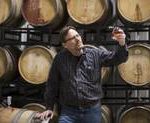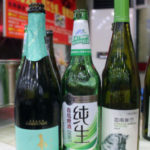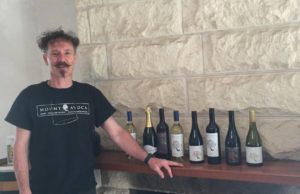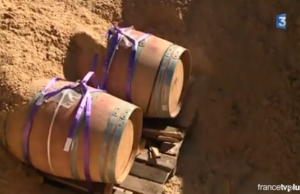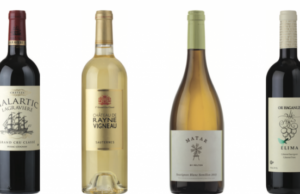One reason why wine and hot tubs go together
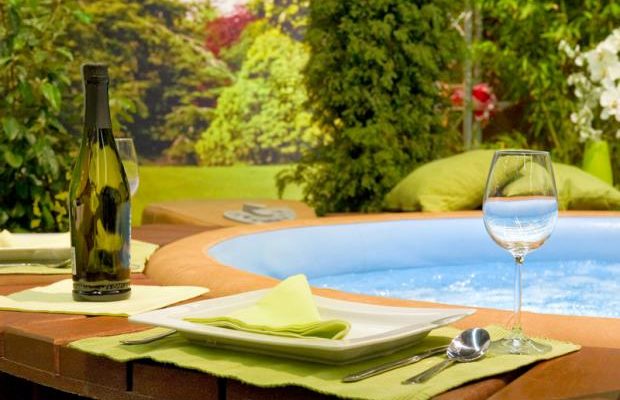
Click here to view original web page at www.capegazette.com
Keep your eyes peeled for 2014 CMZ from Matt Cline’s Three Wine and S3x Company. That, my friends, is what’s known as “the hook.” Cabernet, Mourvedre, Zinfandel with a soupcon of Cinsault, Carignan and Petit Syrah, and no, Matt is not the Cline of the eponymous Cline Family Cellars and Red Truck home run fame, but they are brothers. Matt was winemaker at Cline and Conn before striking off on his own. CMZ blends grapes from Napa and Contra Costa County. Cline has a long story. The owners are the grandchildren of Valeriano Jacuzzi. Yeah, that’s correct, the hot tub guy. In addition to inventing the pump/jet system used in Jacuzzis, Grandpa and his brothers owned a large fruit farm originally. The Cline grandchildren, many of whom are in the wine biz, claim it was family visits to this farm that prompted their affinity for farming. You may recall a previous column recounting when Barbara and I met with Regina Martinelli, scion of the famed Martinelli Winery and Vineyards, another of the old-line Sonoma wine families, where she explained the circuitous route many of the famous Sonoma wineries took from fruit farming to wine production.
Many of the very large Sonoma wineries were originally inherited from family members who were truck or fruit farmers. These old-timers grew mostly Italian or Rhone varietal grapes for producing wine for their own and local consumption. Many of the old vines date back over 100 years. Long story short: wine aged and shipped much better than fresh fruit, and the brightest of these old farmers figured that out shortly after the Volstead Act (Prohibition) was repealed, so they started planting more vines. Their children realized that Cab, PN and Chardonnay sold much better and replanted or grafted to the old rootstock, which was not affected by phylloxera in the 1980s. Several stuck to their guns and continued to propagate the old vines and varietal selections. With the nascent interest in these blends, it looks like their patience is soon to be more richly rewarded. As I wrote last week, if global warming exists, the hot weather/drought varietal grapes will thrive and the PN, Chard, and SB will move farther north. Recent torrential snow and rain in Cali is worth remembering as the 2017s come into your purview. Anyhow, the Three Wine companies CMZ 2014 is dark purple, nearly black core with a raspberry-colored perimeter. Pronounced aromas of blackberry, raspberry and rhubarb with a subset of oak-driven spicy cedar are driven by the 15.7 percent alcohol. These evolve to a juicy palate of dark fruit, cherry preserves and mild oak riding a proper tannic and acid frame. I was pleasantly surprised the wine wasn’t “hot” given the high alcohol content. Under $33 this rates 93 points.
For those looking for an affordable everyday Cab, check out Louis Martini Sonoma County Cab sourced from Dry Creek and Alexander Valley juice. Dark garnet-purple with pleasing varietal nose, it opens on the palate to berries and plums, with hints of licorice and mocha. These are well-balanced, food-friendly Cabs that are drinkable now but with full body and sufficient tannic grip to support some aging. On the clean, long finish look for more fruit, dried herbs and oak-driven cedar, 87 McD points under $15. A star. In the $13 range, Columbia Crest is on the mark again with H3 Horse Heaven Hills Cab from Washington state. Tanzer wrote a while back that you can’t go wrong with nearly any of the blockbuster 2012 Washington Cabs. So far, all I’ve sampled reinforce his call. The H3 2012 is terrific, 92 McD (2 price points). These are real value, folks. The H3 Reserve is slightly better at 92 points, but you will pay in the mid-$30-40 range. It would be instructive to try both side by side to determine if the price differential is worth the candle.


